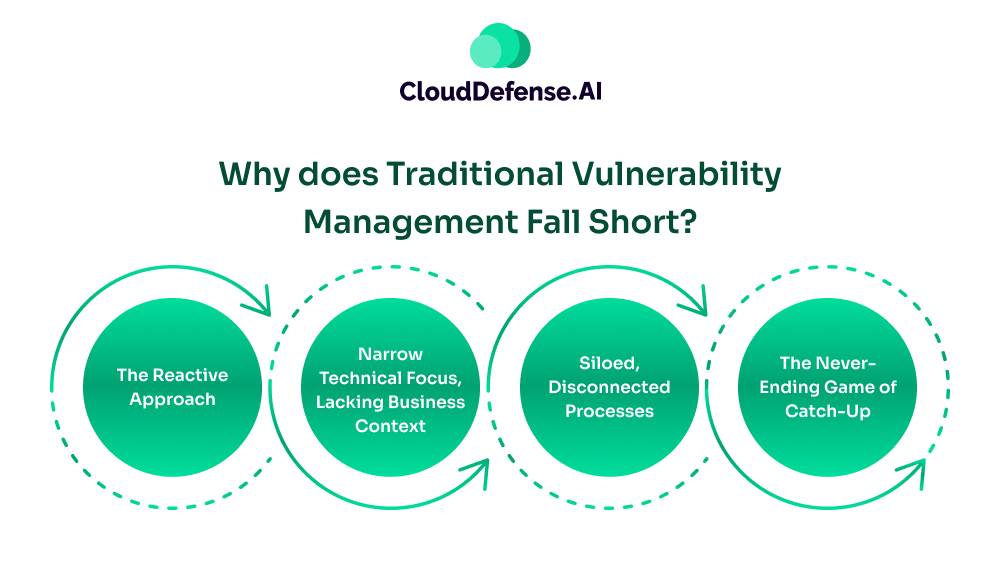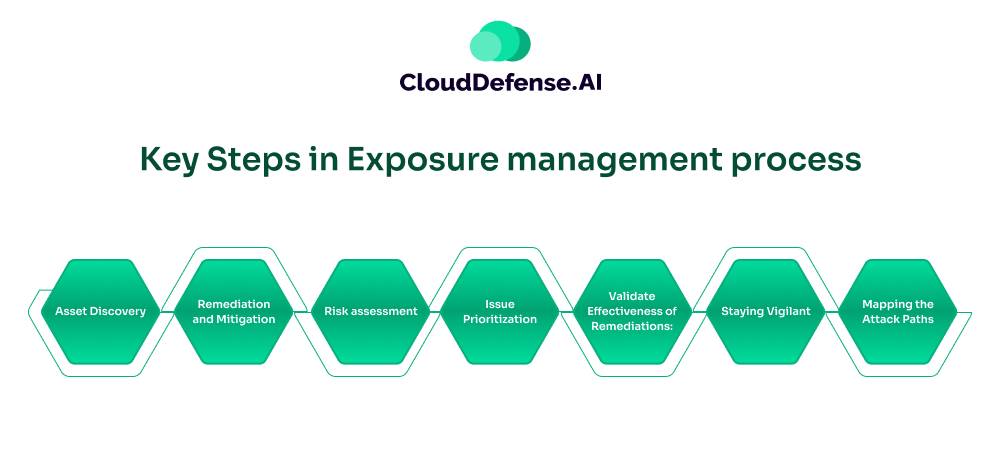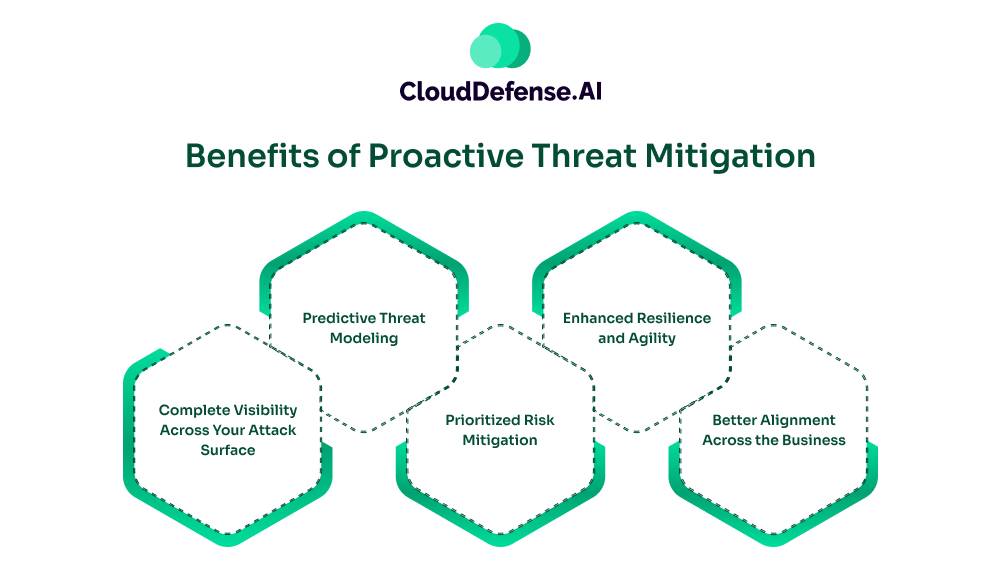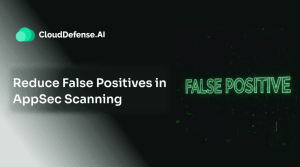What is Proactive Exposure Management?
At its core, proactive exposure management is all about finding and dealing with the areas in an organization that attackers could potentially exploit. These areas, known as the “attack surface,” include both digital and physical elements that could be targeted.
One way to handle exposure management effectively is through attack surface management. This method helps organizations keep track of their digital assets, giving them a better understanding of their security status at any moment. It takes into account an expanding attack surface type, including external-facing assets and cloud infrastructure.
However, as research from Gartner points out, just having a list of assets isn’t enough. It advises aligning exposure assessments with the company’s main business goals and risk factors rather than focusing solely on the technical aspects of potential threats. After all, the goal of exposure management isn’t just to fix technical vulnerabilities – it’s to understand and mitigate the real-world business risks that those vulnerabilities pose.
Ultimately, proactive exposure management is a multi-faceted discipline that covers all the different ways you can protect against and remediate vulnerabilities across your entire attack surface – whether that’s on-premises systems, cloud-based resources, or anything in between. It takes a collaborative, business-minded approach to do it right.
Why does Traditional Vulnerability Management Fall Short?

The Reactive Approach
You know, for the longest time, companies have been trying to stay on top of vulnerabilities using the standard vulnerability management playbook. But the reality is, that old-school approach just isn’t cutting it anymore in today’s complex, fast-moving threat landscape. The main issue is that traditional vulnerability management is often too reactive and narrow in scope. Organizations would essentially just play whack-a-mole, rushing to patch known vulnerabilities as they popped up, without really taking a step back to understand the bigger picture.
Narrow Technical Focus, Lacking Business Context
These organizations would focus solely on the technical severity of the flaws, without considering the actual business impact. The tools they were using were pretty limited too – sure, they could give you a list of vulnerabilities, but they didn’t provide much context or prioritization. It was up to the security team to try and make sense of it all and figure out which issues needed attention first.
Siloed, Disconnected Processes
Plus, a lot of those legacy vulnerability management processes were pretty siloed. The security folks would be doing their thing, but there wasn’t enough collaboration with the rest of the business. The folks controlling the budgets and setting the performance goals weren’t always aligned with the vulnerability management efforts.
The Never-Ending Game of Catch-Up
The end result? Companies would end up chasing their tails, putting out fires without ever really getting ahead of the game. They’d be reactively fixing known flaws, but still leaving themselves exposed to newer, unknown threats. It was a never-ending game of catch-up that just wasn’t sustainable.
Clearly, a more proactive, holistic approach was needed, and that gave rise to the concepts of exposure management and cyber asset attack surface management—ways of looking at security vulnerabilities through a much wider, more business-centric lens. Let’s dive into those in the next section.
Key Steps in Exposure management process

When it comes to keeping your business secure these days, you can’t just react to problems as they come up. You’ve got to be proactive about identifying and addressing the potential vulnerabilities across your entire organization. That’s where this whole idea of exposure management comes into play. There are four core pieces to making exposure management work effectively:
Asset Discovery
It starts with getting a complete handle on all your assets—the internal and external stuff that makes up your attack surface. You’ve got to catalog everything, understand what’s critical to the business, and know where the potential weak points might be hiding.
Mapping the Attack Paths
Once you know your assets, you need to determine how attackers might gain access. This includes identifying vulnerabilities in your systems, networks, and applications. Mapping these entry points helps you understand potential attack paths.
Risk assessment
After you’ve got that asset inventory nailed down, the next step is assessing the actual risks. You need to look at things from an adversary’s perspective – how could a bad actor potentially exploit the exposures in your setup? Attack path analysis and that kind of context is key for really grasping the threats you’re facing.
Issue Prioritization
With that risk assessment done, you can start prioritizing where to focus your efforts. Not all vulnerabilities are created equal, you know? By leveraging AI to triage the exposures based on their threat level to your specific organization, you can make sure you’re addressing the highest-priority issues first.
Remediation and Mitigation
And finally, the last piece of the puzzle is actually remediating and fixing those prioritized threats. This might involve things like killing running processes, closing open ports, or blocking certain devices – whatever compensating controls are needed to shore up the exposures and reduce your overall risk.
Validate Effectiveness of Remediations
Even after you’ve implemented security measures, it’s important to regularly review and update your defenses. This involves conducting vulnerability scans, penetration testing, and monitoring for new threats. It’s like keeping a watchful eye on the horizon, always on the lookout for new dangers.
Staying Vigilant
The threat front is in a state of constant flux. New vulnerabilities are discovered all the time, and attackers are always finding new ways to exploit them. It’s essential to stay informed about the latest threats and update your security measures accordingly.
Benefits of Proactive Threat Mitigation

Complete Visibility Across Your Attack Surface
One major benefit is the ability to achieve full, real-time visibility across all your assets—both internal and external—as well as any potential unknown vulnerabilities. This eliminates the blind spots typical of older vulnerability management tools and provides a comprehensive view of your risk landscape.
Predictive Threat Modeling
With advanced analytics, exposure management solutions can model potential attack paths and scenarios. This predictive capability helps you foresee how vulnerabilities might be linked and exploited by attackers, allowing you to focus your efforts on addressing the most significant threats.
Prioritized Risk Mitigation
Instead of simply addressing every vulnerability based on its technical severity, exposure management takes a business-focused approach to prioritization. These tools evaluate the potential impact of each exposure on your organization, enabling you to tackle the highest-risk issues first and use your resources more effectively.
Enhanced Resilience and Agility
Thanks to improved visibility, threat modeling, and prioritization, organizations can become much more resilient and agile in dealing with evolving cyber threats. Rather than always reacting to issues, you can proactively address potential problems and strengthen your overall security stance.
Better Alignment Across the Business
Exposure management also helps your security team work more closely with other parts of the business. When everyone understands the real-world impact of vulnerabilities, it’s easier to get the support you need for your security efforts.
The Clouddefense.AI’s Approach to Risk Management
As we discussed, old-school ways of dealing with security vulnerabilities just aren’t cutting it anymore. Traditional vulnerability management’s reactive, piecemeal approach is no match for the complex, fast-moving threat landscape businesses face today.
Organizations need a more proactive, holistic solution—and that’s where the Clouddefense.AI’s CNAPP comes in. Our suite of security solutions tackles exposure management head-on, combining industry-leading threat intelligence with advanced AI-powered analytics to help companies prioritize and mitigate their biggest risks. It’s a fundamentally different way of addressing vulnerabilities compared to the legacy vulnerability management methods that so many businesses are still relying on. Here’s how:
Seeing the Full Attack Surface
The first key element is the ability to gain complete visibility across your entire attack surface – both internal and external assets, as well as any unknown exposures lurking under the radar. No more blind spots or incomplete cataloging; the CNAPP gives you a comprehensive view of where your risks lie.
Mapping Out Potential Attack Paths
With that full attack surface mapped out, the tool can then leverage predictive analytics to model potential attack paths. If you understand how vulnerabilities might be chained together and exploited by adversaries, you can focus your remediation efforts on the exposures that pose the greatest threat to your business.
Intelligent, Business-Centric Prioritization
And when it comes to actually fixing those high-risk issues, the CNAPP’s advanced analytics capabilities allow for smarter, more informed prioritization. Rather than just looking at technical severity scores, it factors in the unique business impact of each vulnerability. That way, you can address the exposures that matter most, without wasting time and resources on lower-priority problems.
No more boiling the ocean—with Clouddefense.AI, you can cut through the noise and concentrate your efforts where they’ll have the biggest impact on preventing potential breaches.
A More Effective Approach for Today’s Threats
At the end of the day, the Clouddefense.AI’s CNAPP represents a fundamentally different way of tackling exposure management. It’s especially built for the complex, fast-moving threat front we’re operating in today. If you’re ready to move beyond the limitations of the past and take a more modern, comprehensive approach to security, this could be the solution you’ve been looking for.
Want to learn more about how it works and how it could benefit your organization? Book a demo with us and see firsthand how it can transform your approach to exposure management.







